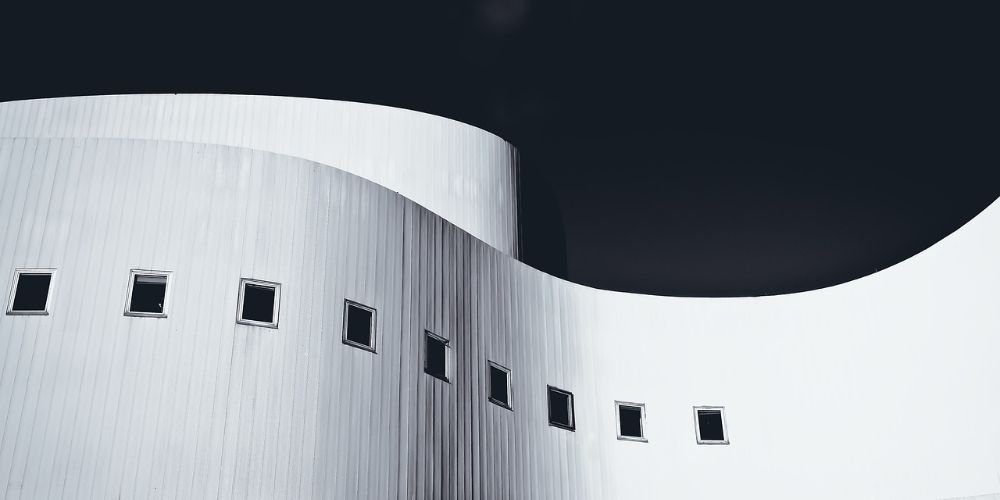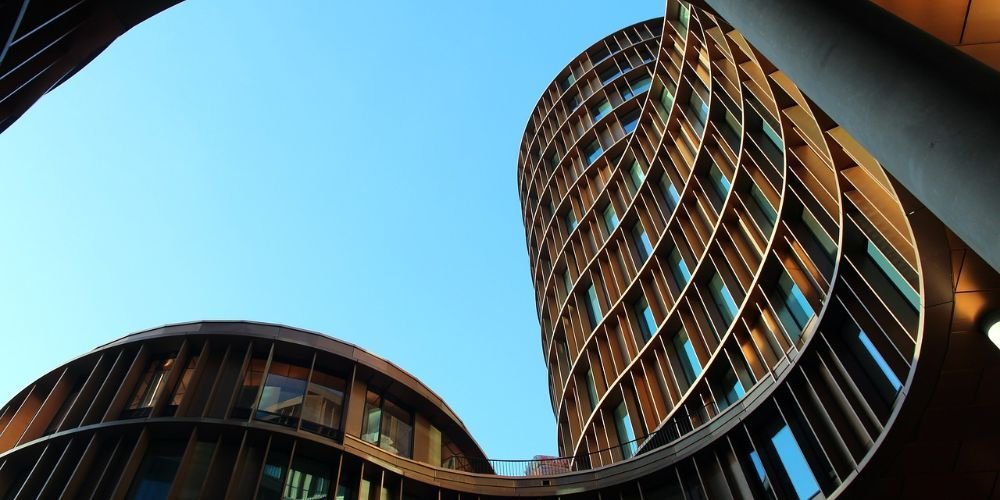Top Design Trends in Commercial Construction

The field of commercial construction is constantly evolving, driven by advancements in technology, changing work dynamics, and shifting societal needs. Staying up to date with the latest design trends is crucial to create spaces that are functional, sustainable, and conducive to productivity.
In this article, we explore the top design trends in commercial construction and their impact on the industry.
Biophilic Design: Bringing Nature Indoors
Biophilic design focuses on incorporating natural elements into the built environment, promoting a sense of connection with nature. Key elements of biophilic design include:
- Integration of plants, living walls, and green spaces within the workspace
- Maximizing natural light and views of the outdoors
- Use of natural materials, such as wood, stone, and water features
Biophilic design has been shown to enhance well-being, productivity, and overall satisfaction among occupants.
Flexible & Agile Workspaces: Adapting to Changing Work Dynamics
With the rise of remote work and the need for collaboration, commercial construction is embracing flexible and agile workspaces. Key trends in this area include:
- Modular furniture and flexible layouts to accommodate different work styles
- Incorporation of movable walls and partitions for customizable spaces
- Integration of technology for seamless connectivity and collaboration
Flexibility and agility in workspace design promote collaboration, productivity, and employee satisfaction.
Sustainability and Green Building Practices
Sustainability is a top priority in commercial construction, driven by the need to reduce environmental impact and create healthier spaces. Key trends in sustainability include:
- Energy-efficient lighting and HVAC systems for reduced energy consumption
- Use of sustainable materials and construction methods
- Integration of renewable energy sources, such as solar panels
- Incorporation of water-saving fixtures and rainwater harvesting systems
Green building practices not only benefit the environment but also contribute to lower operating costs and healthier indoor environments.
Wellness-Oriented Spaces: Prioritizing Well-being and Health
Commercial construction is increasingly focusing on creating spaces that prioritize employee well-being and health. Key trends in wellness-oriented design include:
- Integration of spaces for relaxation, meditation, and mindfulness
- Incorporation of fitness facilities and ergonomic furniture
- Use of circadian lighting systems for improved sleep and productivity
- Implementation of biophilic elements for stress reduction and improved mental health
Wellness-oriented spaces promote employee satisfaction, engagement, and overall well-being.
Technology Integration: Harnessing the Power of Smart Buildings
Advancements in technology have revolutionized commercial construction, enhancing efficiency and connectivity. Key trends in technology integration include:
- Internet of Things (IoT) connectivity for smart building management
- Use of sensors for energy optimization and occupancy tracking
- Implementation of augmented reality (AR) and virtual reality (VR) for design and visualization
- Integration of smart controls for lighting, temperature, and security systems
Technology integration creates smarter, more efficient, and future-ready commercial spaces.
Collaboration and Social Spaces: Fostering Connectivity
Commercial construction is emphasizing the importance of collaboration and social spaces. Key trends in this area include:
- Designing communal areas for informal meetings and brainstorming sessions
- Incorporation of lounge areas, cafes, and recreational spaces
- Integration of technology for seamless communication and collaboration
- Incorporation of writable surfaces, whiteboards, and brainstorming tools
- Designing open and inviting common areas to encourage interaction and idea-sharing
Collaboration and social spaces foster a sense of community, encourage creativity, and improve team dynamics.

Emphasis on Health and Safety
In the wake of the COVID-19 pandemic, health and safety have become paramount in commercial construction. Key trends in this area include:
- Implementation of touchless technology, such as automated doors and sensor-based fixtures
- Integration of antimicrobial surfaces and materials
- Enhanced ventilation and air filtration systems
- Incorporation of flexible layouts to facilitate social distancing
Designing spaces that prioritize health and safety creates a sense of confidence and peace of mind for occupants.
Incorporating Art and Aesthetics
Commercial construction is recognizing the value of incorporating art and aesthetics into the design of spaces. Key trends in this area include:
- Commissioning local artists for site-specific installations
- Using artwork and murals to infuse creativity and inspiration
- Incorporating unique architectural elements and focal points
- Designing visually appealing facades and entrances
Art and aesthetics elevate the overall ambiance and create memorable spaces that leave a lasting impression.
Conclusion
As the field of commercial construction continues to evolve, staying abreast of the top design trends is essential for industry experts. Embracing biophilic design, creating flexible workspaces, prioritizing sustainability and wellness, integrating technology, fostering collaboration and social spaces, emphasizing health and safety, and incorporating art and aesthetics are key strategies to create functional and future-ready commercial spaces.
By understanding these design trends and incorporating them into their projects, professionals in the commercial construction industry can create spaces that not only meet the evolving needs of their clients but also foster productivity, well-being, and success.




